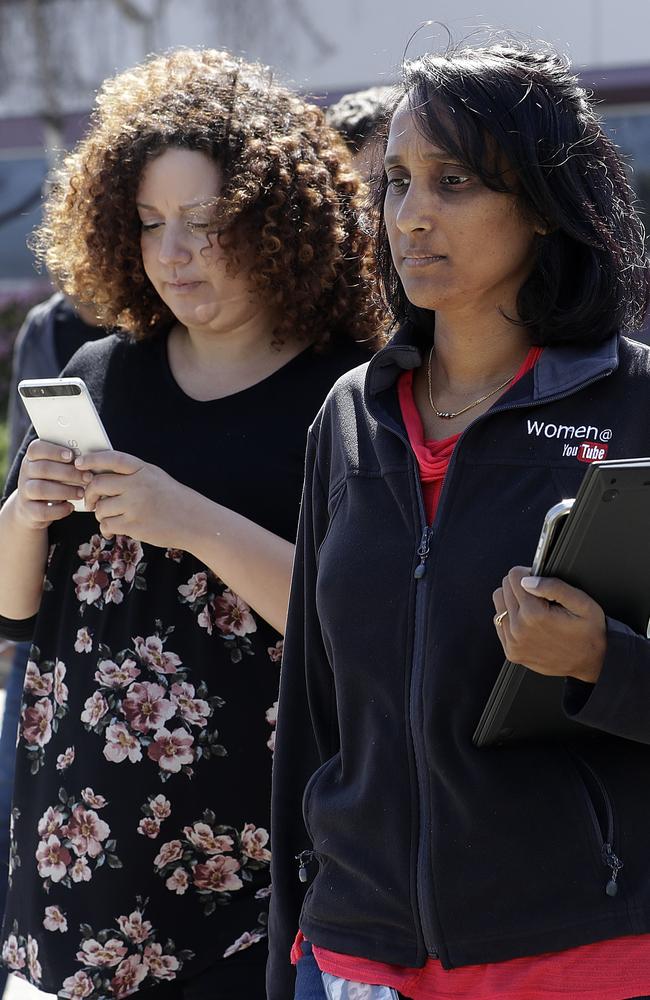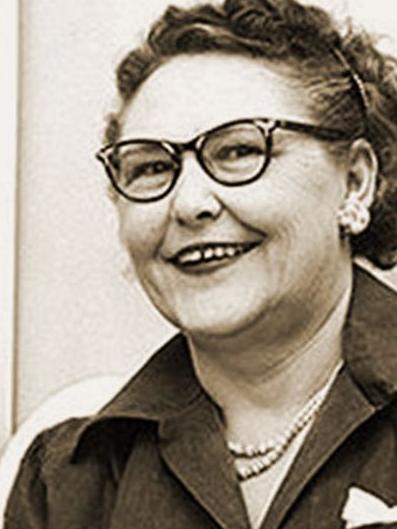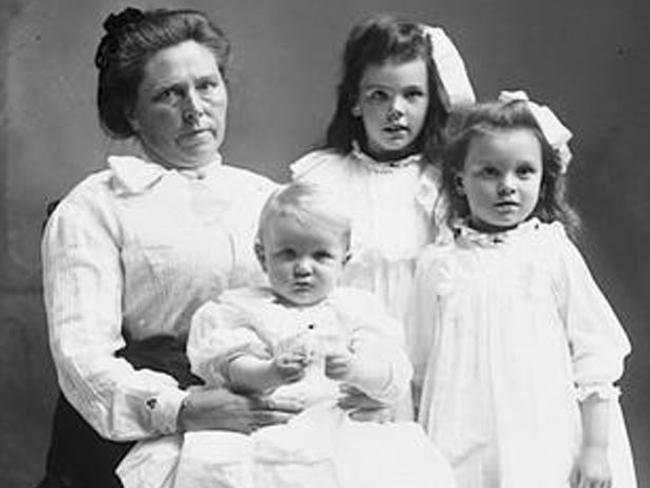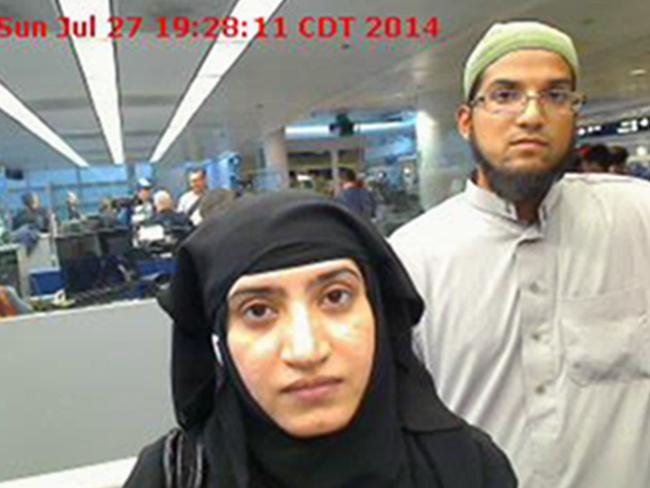What drives women to kill? Psychologists offer an insight to female serial killer motives
IN a nation wracked with regular gun violence, one aspect of the Californian YouTube headquarters shooting stood out: the gunman was a woman. So what motivates women like that?
Real Life
Don't miss out on the headlines from Real Life. Followed categories will be added to My News.
POLICE say the motive was ‘domestic’.
A woman in her 30s walked from the California YouTube headquarters car park to a company outdoor meals area. She was carrying a semiautomatic weapon. She opened fire at a man — aged 36 — shooting him in the stomach. Several nearby women were also struck.
Then she turned the gun on herself.
On the scale of United States gun crime, this incident is minor.
Only one person — the shooter — has died. Three victims were injured, the male critically.
What draws our morbid attention to this incident is the high-flying nature of where it took place — Silicon Valley’s YouTube offices.
And that the gunman was a woman.
Mass shootings are almost always perpetrated by men.
As are most violent crimes.
Little more than one in 10 murders in the US are carried out by females. But they may account for as many as one in six serial killers.
Only eight per cent of gun-related killings are pinned on women. Instead, poison (40 per cent) and fire (20 per cent) appear to be the female weapons of choice.
So what drives a woman to kill?

CULTURE CLASH
Psychologist Marissa Harrison of Pennsylvania State University says it is a “deadly mistake” to believe women are incapable of being mass killers.
Instead, she says, they tend to go undetected longer because “our culture is in denial of women’s proclivity for aggression.”
“Contrary to preconceived notions about women being incapable of these extreme crimes, the women in our study poisoned, smothered, burned, choked, shot, bludgeoned, and shot newborns, children, elderly, and ill people as well as healthy adults; most often those who knew and likely trusted them,” she told the British Psychological Society.

Female mass killers, while rare, can be just as brutal as their male counterparts.
In the late 1800s, Belle Gunness was responsible for the death of between 25 and 40 people in Illinois and Indiana. Among the dead were her own two daughters, two husbands, and a bevy of suitors. Her motive appears to have been roberry, life insurance — and eliminating witnesses.
Nannie Doss of Oklahoma killed 11 people between the 1920s and 50s. In this instance, it was strictly family. She killed two children, her two sisters, her mother, a mother-in-law and her own mother. But she earned the title ‘Black Widow’ for poisoning four husbands.
More modern examples include the female shooter at the San Bernardino Inland Regional Center in December 2015. Tashfeen Malik and her husband gunned down a holiday breakup party, killing 14 and wounding 21.
Tashfeen may have been radicalised by extremist Islam. Her husband had a workplace grievance. Together, they targeted the employees of the disability care centre. Both Tashfeen and her husband were killed in a shootout with police.

KILLERS OF KIN
In 2015, Harrison says she was prompted by a student to assess the makeup of known female serial killers. So they examined 64 cases which accounted for at least 331 victims (an average of six killings each).
Every case was different. And motives were rarely the same.
But, after assessing available records, Harrison came to a conclusion: they were mostly middle-and-upper class killers of kin.
Most were white. Most killed between seven and 10 victims.
They were most likely to be targeted, purposeful killings.
The majority of victims were males.
And the motives given are almost always related to money.
A 2011 study also found one profession was over-represented among serial female killers: nursing.
Harrison’s own assessment of media accounts revealed that most had college degrees. Most had been serial monogamists — with most married at least twice, and some as many as seven times.
Almost all were reported as Christian.
Most were reported to be above-average in physical attractiveness.
And, in 92 per cent of cases, the female killers knew their victims.
In nearly two-thirds of cases, the killers were related to those killed. About one third murdered their partners, and a quarter of victims were elderly or infirm. Some 44 per cent killed their own children.
The average of a female serial killer is about 32.

THE DRIVE TO KILL
While research into male serial killer motives suggests it is mainly sex, research indicates females kill for cash.
“I’m not aware of any female attackers, even though we have a small sample, I don’t know that any of them complained about not being able to have sex,” criminal justice professor Adam Lankford says.
But an increase in violet female role models in computer games, novels, television and movies has been linked to a general increase in reports of female-perpetrated violent crime. In the US, the number of female serial killers has increased some 150 per cent since the 1970s.
And the motive, despite female killers almost always being middle and upper class, continues to largely be attributed to money.
Harrison said female motives tended to be “hedonistic”, a forensic psychology classification that refers to killing for financial gain, lust or thrill. Nearly half the cases Harrison studied fitted this category, she says. The next most common was “power-seeking”, which includes killing people in one’s care.
Harrison argues this can be linked to evolutionary psychology: “women have evolved to place a premium on securing resources,” she writes.
“Of course, I’m not saying we evolved to be serial killers,” she adds. “What I am saying is that an aberration of genetically mediated unconscious drives might explain some of the reasons for these crimes. These urges could also explain some of the differences between male serial killers and female serial killers.”
The ancient sex-roles of hunter and gatherer also appears to be reflected in female mass murder methodology, she says.
Male serial killers often stalk and kill strangers — as hunters.
Females kill those they know — as gatherers.
“So, do we know for sure what makes a woman turn into a serial killer? Sadly, no,” Harrison concludes.
Originally published as What drives women to kill? Psychologists offer an insight to female serial killer motives



